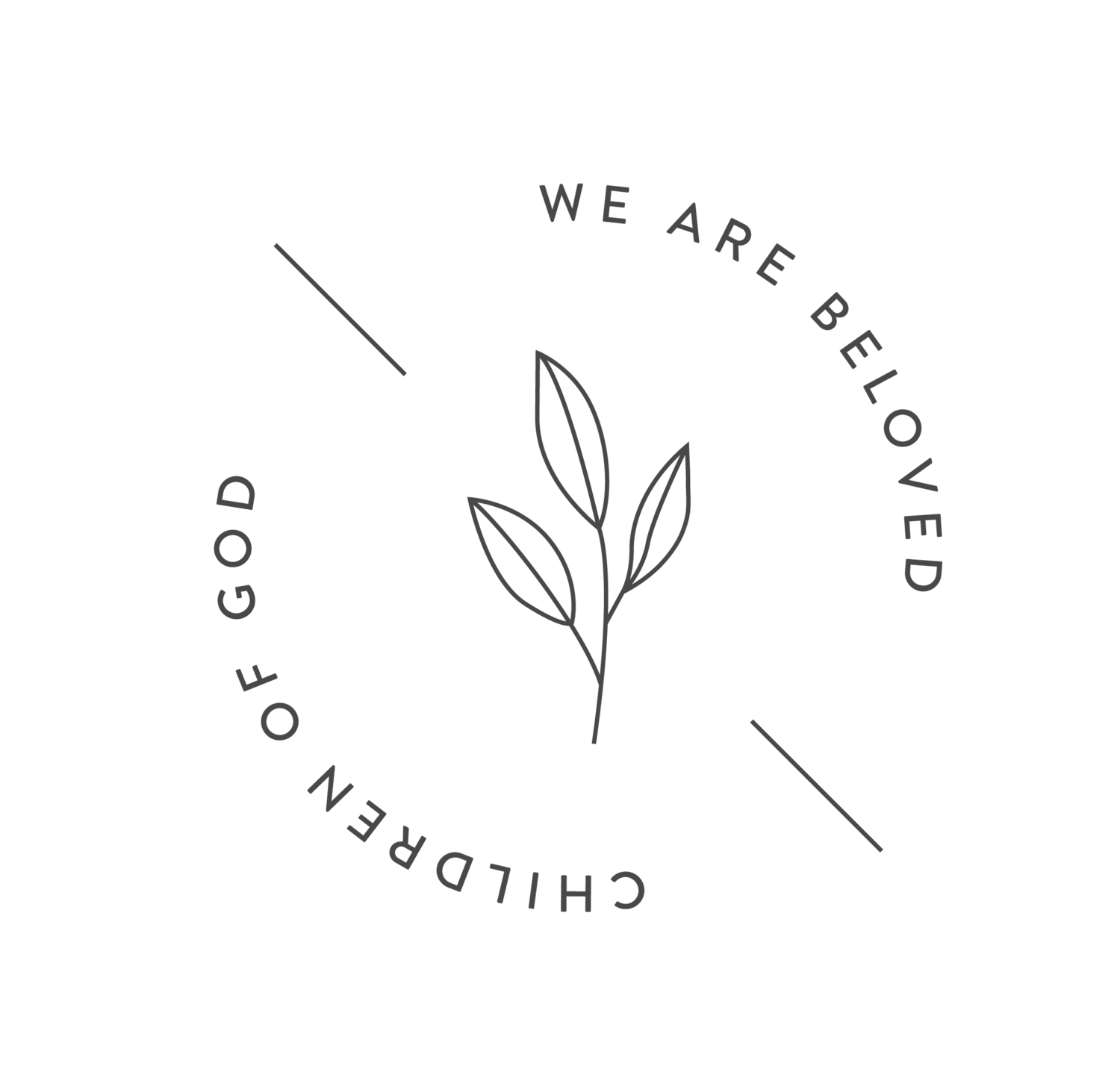The Productivity Rain Dance: Rethinking Efficiency and Balance
Photo by Carl Heyerdahl on Unsplash
I used to be a productivity guru—obsessed with optimising every aspect of my life. I devoured books like Atomic Habits by James Clear and Eat That Frog! by Brian Tracy. I followed influencers who championed hustle culture and productivity hacks, from Ali Abdaal to Tim Ferriss. At its core, productivity was about more than just getting things done—it was about fulfilment, well-being, and, ultimately, happiness.
Technology fuelled this movement, making it easier than ever to quantify and optimise our lives. Fitbits tracked our steps, apps monitored our habits, and platforms like Slack, Notion, Airtable, and Monday.com promised to streamline our workflows. But as our days became neatly packaged into task lists and performance metrics, it became increasingly clear that this way of living was unsustainable. The productivity hamster wheel started to slow.
Many prominent YouTubers and influencers have stepped off the treadmill in pursuit of a more balanced life. Even MrBeast, one of the most successful content creators in the world, admitted in an interview with Steven Bartlett that he has often felt less happy in recent years and has considered quitting YouTube entirely.
The culture of productivity is frenetic and addictive. That’s not to say we should abandon discipline and embrace laziness. Working well is valuable—but not at the cost of our mental health or self-worth. We shouldn’t measure our value by the number of steps we take, emails we send, meetings we attend, or bonuses we receive.
Chris Williamson refers to this phenomenon as the “Productivity Rain Dance.” He explains:
“Look, I come from a productivity background. When I first started this show, I was chatting about Pomodoro timers, and Notion external brains, and Ebbinghaus forgetting curves, and all of that. Right? I’ve been through the ringer, so I’m allowed to say, and, um, you realize after a while that it ends up being this weird superstitious rain dance you’re doing, this sort of odd productivity rain dance, in the desperate hope that later that day you’re going to get something done.”
So how do we break free from this cycle? How do we move beyond empty rituals of busyness?
A shift in perspective is needed. Many people start the year with good intentions, but then January and February arrive with relentless storms, little sunlight, and seasonal illnesses. Eventually, people “give up.” But is it really giving up? Or is it simply responding to reality with self-compassion?
I believe the answer lies in working smarter, not harder. This may sound like another productivity platitude, but it’s not meant to be. Cal Newport, in discussing the productivity rat race, offers a valuable perspective:
“What separates these grounded productivity efforts from productivity rain dances is that they’re not symbolic, nor are they exercises in busyness for the sake of busyness. (What I call ‘pseudo-productivity’ in my book.) Their success is instead measured by the concrete results they produce. As a result, they’re not flashy, or high-tech, or even all that exciting to deploy. But they work.”
True productivity isn’t about checking off endless to-do lists or filling every moment with activity. It’s about having the confidence to pause before acting, to reflect on what truly matters instead of assigning equal importance to everything. It’s about nurturing thoughtful input rather than obsessing over relentless output.
Maybe the key to productivity isn’t doing more—it’s doing what matters.

